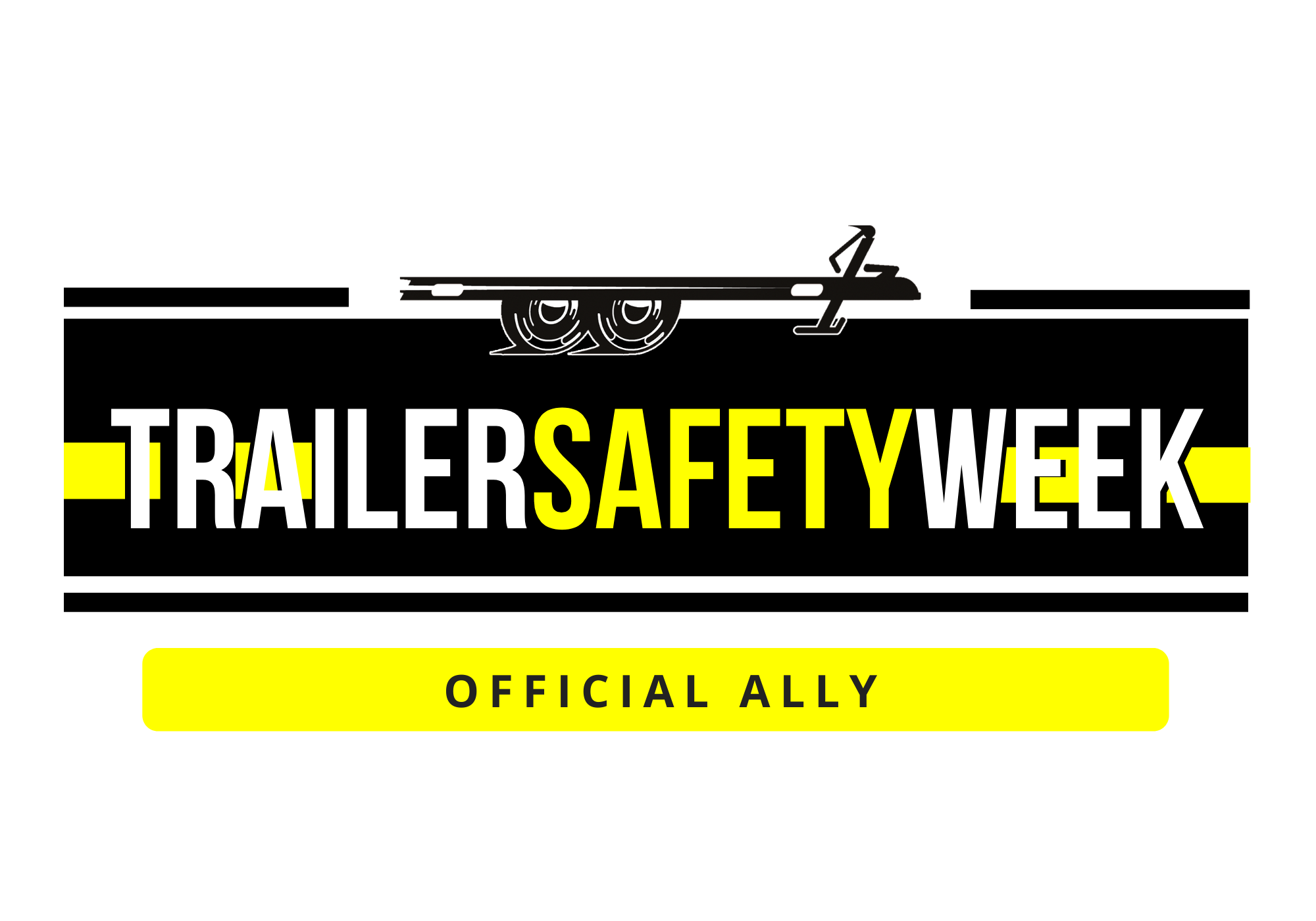Transworld, Inc. Electrical Contractors attended the Healthcare Preparedness Program Summit in Columbia, South Carolina that was hosted by the South Carolina Society for Healthcare Emergency Management and dhec. The purpose of the event was to advance the preparedness, coordination, and collaboration of our community healthcare organizations, response partners and public health providers to achieve SC CAM goals.
Developing a disaster recovery and response plan for a healthcare organization can be an overwhelming task and maintaining a safe, reliable flow of electricity during an emergency should be a top priority for healthcare organizations. Electrical systems drive all other systems, should it fail, most other systems will be useless. This includes life support – surgery, egress, critical care, med gas, communication and microelectronics, pressurization, HVAC including pharmaceutical storage, plumbing – booster pumps, lift stations, fire suppression.
Below are five questions that should be considered and addressed when discussing emergency preparedness?
-
Do You Have Accurate Actual “As-Built” Electrical Single Lines?
- Clearly showing all circuits:
- Normal Power
- Life/Safety Power
- Critical Power
- Equipment Power
- Not just ‘on file’ but posted in each electrical room?
- Verified and Documented Panel Schedules?
- In Panels?
- On Owner As-Built
-
Have You Conducted Proactive Preventive and Predictive Electrical Maintenance?
- Energized EDPM and EDPdM:
- Predictive Ultrasonic
- Infrared
- Visual Inspection by Qualified Electricians
- Root Cause Analyses, Clear Repair Process
- De-Energized Maintenance
- Cleaning
- Exercising
- Mechanical Checks
- Trip Functions
-
Have You Verified Condition of All Battery Back-Up Systems?
- UPS’s Serving:
- Equipment
- Computer Network
- Phone
- Other Data such as BAS
- WiFi
- Nurse Call
- Emergency Lights
- Telemetry
-
Have You Conducted a “Simulated” Normal Power Failure Exercise?
- Absolutely verify that all equipment that should be on emergency circuits actually are
- A generator will fail if fuel pumps or remote radiator fans are on NP
- Radiology equipment will fail if support or cooling systems are on NP
- A planned power outage will train personnel to be more effective during an emergency
- Conduct a Shutdown Risk Assessment (SRA)
- Thoroughly plan a shutdown to include:
- The Task Force consisting of departments and services affected
- Identify scope, schedule, duration, cost, assignments
- Have a contingency plan for unforeseen problems
- Have a normal recovery plan
- Document feedback and lessons learned
-
Have You Established Procedures if Failures Occur Within Your Critical Life/Safety Electrical Systems?
- By-pass Procedures
- Moving devices off red (life/safety) onto ivory (alternate power source) receptacles
- Re-routing Critical Life Safety Power
Transworld, Inc. Electrical Contractors has the experience and expertise to handle all your electrical service needs. Contact us to discuss more specifics about how electrical testing should be done per the referenced (NFPA 70E and NFPA 70B) standards.




